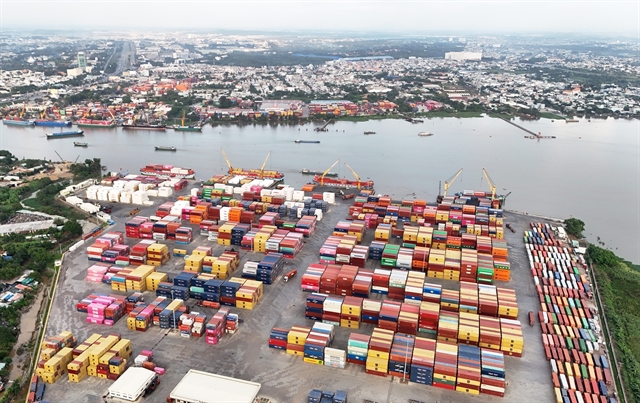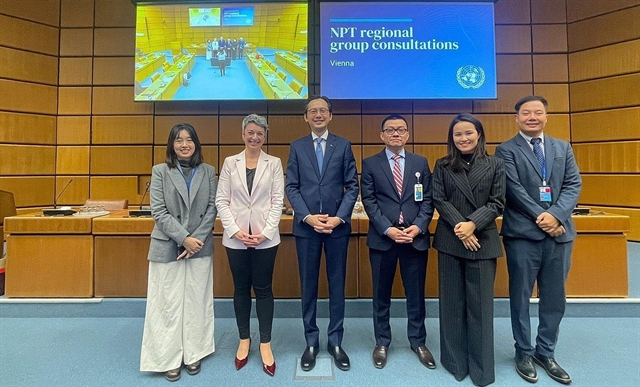 Economy
Economy

.jpg)
|
| Chart comparing the rate of industrial control system computers on which malicious objects were blocked in Southeast Asia and globally in Q1, 2025. — Source Kaspersky |
HCM CITY — While the construction sector is increasingly adopting advanced technologies such as artificial intelligence and automation to enhance productivity and operational efficiency, it is also becoming more vulnerable to cyber threats, experts warn.
According to various industry sources, the construction sector in Southeast Asia is projected to remain strong with a compounded annual growth rate of 6.2 per cent over the next five years.
Indonesia and Việt Nam are among the largest and fastest growing in the region.
In Việt Nam, the sector is estimated to grow by 7.8–8.2 per cent in 2024, surpassing the Government’s targets.
The use and utilisation of digital technologies such as AI and automation provide major opportunities and make activities in the construction sector more efficient. However, this growth is also accompanied by cyber risk.
Recent data from global cybersecurity firm Kaspersky reveals that threats targeting the construction and manufacturing industries are on the rise.
The rate of industrial control system (ICS) computers in which malicious objects were blocked increased sharply in Southeast Asia in the first quarter of 2025.
The company reported that the construction sector recorded a rate of 32.9 per cent, far higher than the global average of 22.4 per cent.
The manufacturing sector saw a rate of 23.6 per cent as against the global average of 17.6 per cent
Overall, Southeast Asia ranks second globally by percentage of ICS computers on which malicious objects were blocked, with 29.1 per cent.
Adrian Hia, Kaspersky’s managing director for Asia Pacific, said: “Construction is gaining additional momentum through digitalisation, including everything from accelerating the construction supply chain to performance, progress and logistics monitoring.
“As construction companies embrace digital technologies, there is a balance between risks and opportunities, with businesses having to comprehensively mitigate threats through new opportunities to strengthen their layers of protection and resilience.”
He warned that digital industrial devices could become increasingly vulnerable in 2025 and beyond, especially at facilities using outdated security measures or inexpensive network equipment.
“Revising cybersecurity measures for legacy and time-tested technologies is essential more than ever.”
He emphasised that cybersecurity should not be viewed as a expense but as an investment in business continuity, an insurance policy that not only protects assets and data, but also maintains the trust that has been worked hard to build with customers and partners.
To better safeguard industrial operations, Kaspersky said construction and other industrial businesses should conduct regular security assessments of their operational technology (OT) systems, identify and eliminate possible cyber security issues, implement continuous vulnerability assessments and triage as the foundation for an effective vulnerability management process, and ensure timely updates for the key components of the enterprise’s OT network. — VNS




